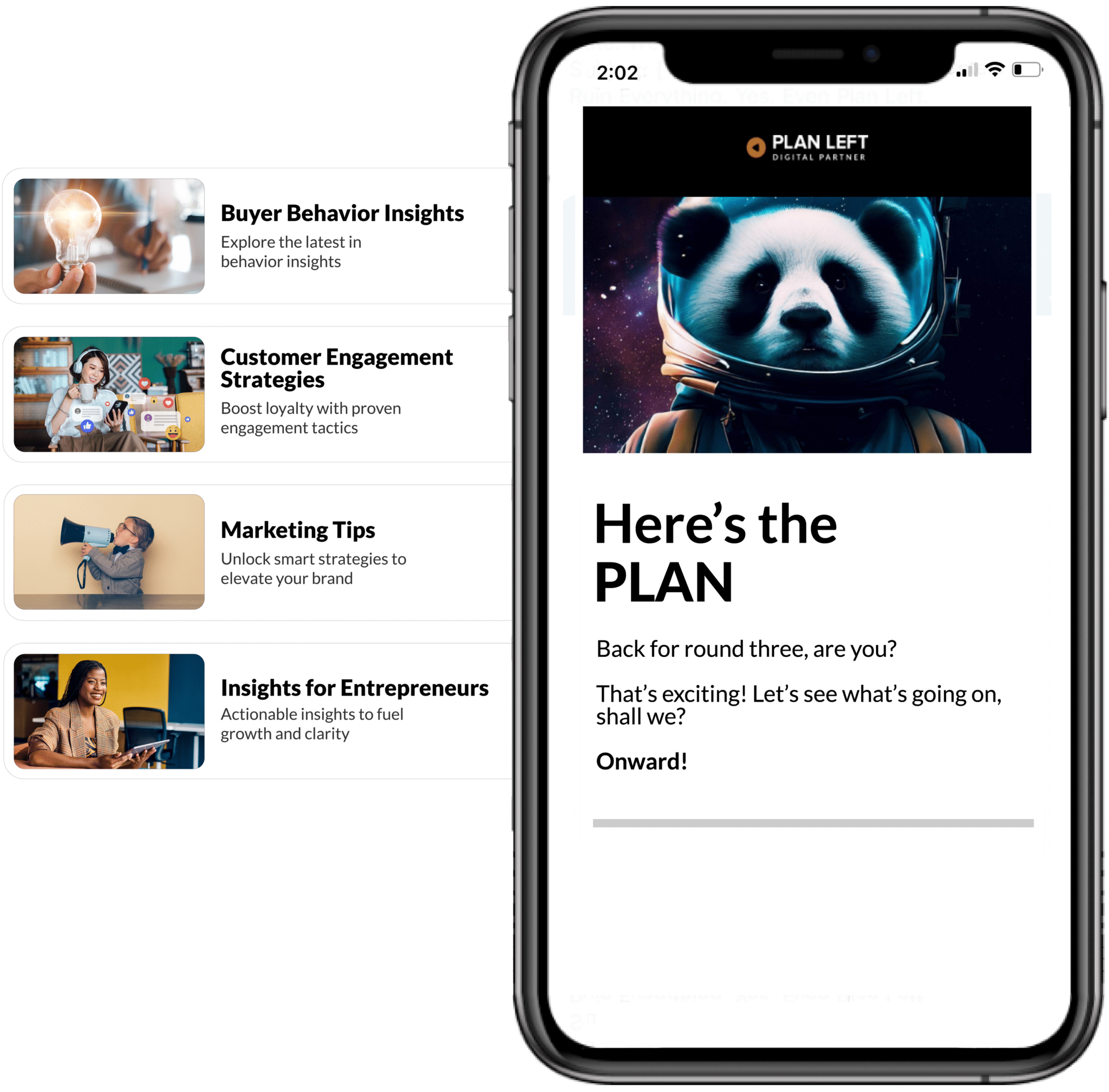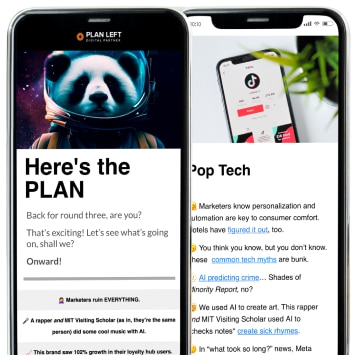
From Feast to Famine: How to Create Predictable Revenue in Your Business
Three months ago, you couldn’t take on another client if you tried. Your pipeline was full, revenue was strong, and you were turning down opportunities. Last month was slower but manageable. This month, your calendar has uncomfortable gaps and you’re wondering where the next project will come from.
The feast-or-famine revenue cycle exhausts even the most resilient entrepreneurs. It’s not just the financial stress—it’s the emotional whiplash of alternating between overwhelm and anxiety, never quite knowing which version of your business you’ll be managing next month.
The Revenue Roller Coaster
Why Revenue Unpredictability Drains Your Business
Unpredictable revenue makes everything harder. You can’t confidently hire help because you’re unsure whether you can sustain payroll. You can’t invest in growth because you need to preserve cash for slow periods. You can’t plan strategically because you’re constantly reacting to whether this month is feast or famine. This instability keeps your business in survival mode when it should be in growth mode.
The feast-or-famine pattern also creates a vicious cycle. During busy periods, you’re too overwhelmed with client work to focus on marketing and lead generation. When work slows down, you scramble to fill the pipeline—but there’s a lag between marketing efforts and closed business. By the time new clients arrive, you’re overwhelmed again, and the cycle continues.
The Root Causes of Feast-or-Famine Cycles
Cause #1: No Signature Offer to Anchor Your Business
When you’re offering multiple services at various price points to different audiences, each sale requires starting from scratch—new positioning, new sales conversations, new delivery approaches. This lack of focus means you’re constantly marketing everything to everyone, which means you’re not marketing anything particularly effectively.
Without a flagship offer that defines what you’re known for, prospects have difficulty understanding exactly what you do and what transformation you deliver. This confusion slows sales cycles and makes marketing feel like constant uphill work.
Cause #2: Reactive vs. Proactive Lead Generation
Most feast-or-famine businesses generate leads reactively. They wait for referrals, respond to inbound inquiries, or activate marketing only when the pipeline looks thin. This reactive approach guarantees revenue volatility because lead generation isn’t consistent or systematic.
Predictable revenue requires proactive, consistent lead generation that happens whether you’re busy or not. The businesses that escape feast-or-famine cycles are those that treat marketing as a continuous system rather than an on-demand tactic.
Cause #3: Low-Margin Offers That Require Constant Sales Volume
If your business model requires constant new sales to maintain revenue, you’re building in instability. Low-margin, high-volume approaches mean you need significant lead flow just to stay afloat. Any disruption in that flow creates immediate revenue problems.
This model also leaves you vulnerable to competitor pricing pressure and makes it difficult to invest in quality delivery when you’re constantly chasing the next sale.
What Is a Flagship Offer (And Why It Changes Everything)
The Characteristics of Revenue-Stabilizing Offers
A flagship offer creates revenue predictability through several characteristics. It’s premium-priced, which means each sale represents significant revenue. It’s clearly defined, which makes marketing more focused and effective. It solves a specific, high-value problem, which attracts motivated buyers who are ready to invest. And it’s repeatable, which means you can deliver it consistently without reinventing your approach for each client.
These characteristics combine to create a business model where you need fewer clients to generate sustainable revenue, each client relationship is more valuable, and sales cycles become more predictable.
High-Ticket vs. High-Volume: Making the Strategic Choice
The choice between high-ticket and high-volume fundamentally shapes your business model and revenue predictability. High-volume approaches require constant lead generation, efficient operations, and economies of scale. They’re vulnerable to any disruption in lead flow and require significant infrastructure to manage.
High-ticket approaches trade volume for value. Each client relationship represents substantial revenue, reducing the number of sales needed to hit revenue targets. This model typically creates more stable revenue because you’re not dependent on constantly filling the top of the funnel with massive lead volume.
Building Your Flagship Offer: The Framework
Identifying Your Highest-Value Transformation
Your flagship offer should center on the transformation that creates the most value for your ideal clients. This isn’t necessarily the work you enjoy most or the service you’ve offered longest—it’s the transformation where the gap between current state and desired state is substantial, expensive to leave unresolved, and directly addresses a priority problem.
Look at your most successful client outcomes. What transformation did you actually deliver? What results exceeded expectations? Where have clients achieved ROI that dramatically surpassed your fee? These patterns reveal the transformation worth building your flagship around.
Packaging for Premium Pricing
Premium pricing requires premium packaging. Your flagship should be comprehensive enough that clients don’t need to coordinate multiple vendors or manage complex processes themselves. Include everything necessary to deliver the complete transformation—strategy, implementation, support, and accountability.
The packaging should make the pathway to results clear and tangible. Instead of selling hours or deliverables, structure your flagship around the transformation journey, with clear phases that build toward the desired outcome.
Creating Irresistible Value Propositions
Your flagship’s value proposition needs to immediately communicate what transformation you deliver, who it’s for, and why your approach gets results. Avoid industry jargon and focus on outcomes your ideal clients urgently want. Make the ROI explicit—help prospects understand not just what they’ll receive, but what achieving this transformation means for their business or life.
Your Roadmap to Predictable Revenue
Step 1: Audit Your Current Offer Portfolio
Start by honestly assessing what you’re currently selling. How many different offerings do you actively market? What’s the price range? Which offerings generate the best margins and attract the ideal clients? This audit reveals opportunities to simplify and focus, potentially eliminating offerings that dilute your positioning without contributing substantially to revenue.
Step 2: Design or Refine Your Flagship
If you don’t have a clear flagship offer, developing one should be your immediate priority. If you have multiple offerings, identify which represents your highest-value work and strongest positioning, then refine it to be truly flagship-worthy—premium-priced, comprehensively packaged, and clearly positioned for ideal clients.
This refinement might mean raising prices, restructuring deliverables, or changing how you talk about the transformation you deliver. The goal is creating an anchor offer that can support your revenue goals with fewer clients and more predictable sales cycles.
Step 3: Build the Marketing System to Support It
Once your flagship offer is defined, build the marketing system that generates consistent, qualified leads. This means establishing regular content that educates your market, implementing lead generation approaches that run continuously rather than sporadically, creating visibility into what’s working through proper tracking and dashboards, and developing the internal capabilities to manage the system without constant expert oversight.
Trading Hope for Certainty
The difference between feast-or-famine revenue and predictable income isn’t luck or market conditions—it’s having a flagship offer that creates focus and a marketing system that generates consistent results. When these elements are in place, revenue shifts from something you hope for to something you can forecast and count on.
This transformation doesn’t happen overnight, but it’s achievable for businesses at almost any stage. The work is developing a flagship offer worth building your business around, then creating the systematic marketing approach that keeps your pipeline consistently full of qualified prospects who understand your value and are ready to invest.
The feast-or-famine cycle feels inevitable when you’re in it, but it’s actually a symptom of specific, fixable problems. Your next quarter doesn’t have to be a mystery. With the right offer and systematic approach, you can trade the revenue roller coaster for steady, predictable growth.
Explore Latest Posts
From Feast to Famine: How to Create Predictable Revenue in Your Business Three months ago, you couldn't take on another ... read more
December 29, 2025
Why Competing on Price Is Killing Your Margins (And What to Do Instead) When a prospect asks "how much do ... read more
December 25, 2025
The Hidden Cost of Marketing Agencies: Why Building In-House Capabilities Matters Marketing agencies solve an immediate problem: you need marketing ... read more
December 23, 2025
Essential Strategies for Entrepreneurs
Get Actionable Business Insights & Marketing Tips
Our newsletter delivers real-world strategies from entrepreneurs who’ve been exactly where you are.
Sign up now for:
- Actionable growth strategies that work
- Insider tactics for attracting top talent
- Real-world case studies from successful founders
- Emerging tech trends that drive innovation
- Pragmatic marketing approaches for visionary leaders



